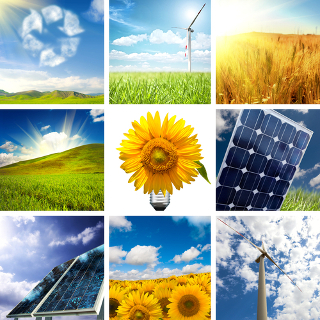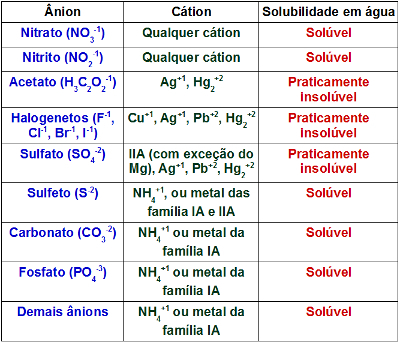Let's start by defining what would be a Nuclear Fission: the reaction that starts with the shock of a neutron with a unstable nucleus, this process provides the break of the nucleus and that is why it is called nuclear fission (split of the core).
A great example of fission is that which occurs with Uranium and which generates a large amount of energy, now find out how experiments with this radioactive element began:
As early as 1934 scientists were carrying out studies involving the reactivity of the element Uranium, they bombarded the nucleus of this atom with neutrons. The Italians Emílio Segré (1905-1989) and Enrico Fermi (1901-1954) discovered four radioactive species derived from the breakdown of the uranium nucleus, including Neptunium 93.
Later, two chemists named the reactions with Uranium: they became known as Nuclear Fission. Fritz Strassman (1902-1980) and Otto Hahn (1879-1968) came to the conclusion that it really was a question of breaking the nucleus through the detection of barium in the midst of fission reactions, that is, the uranium nucleus was being Divided.
Do not stop now... There's more after the advertising ;)
In 1945, the United States used this discovery for a tragic end: the atomic bomb. Studies at the time revealed the necessary masses of uranium and plutonium to produce the chain reaction responsible for exploding bombs containing these atoms.
As studies carried out by twentieth-century scientists have shown, the only element capable of undergoing nuclear fission and generating other compounds is Uranium 235. Certainly these contributions were valuable to humanity, through them a significant advance in Nuclear Science was possible.
By Líria Alves
Graduated in Chemistry
Would you like to reference this text in a school or academic work? Look:
SOUZA, Líria Alves de. "Nuclear Fission: How Did It All Start?"; Brazil School. Available in: https://brasilescola.uol.com.br/quimica/fissao-nuclear-como-tudo-comecou.htm. Accessed on June 27, 2021.
Chemistry

Get to know some clean energy sources, such as: wind, solar, tidal, geothermal, hydraulic, nuclear and biofuels.


